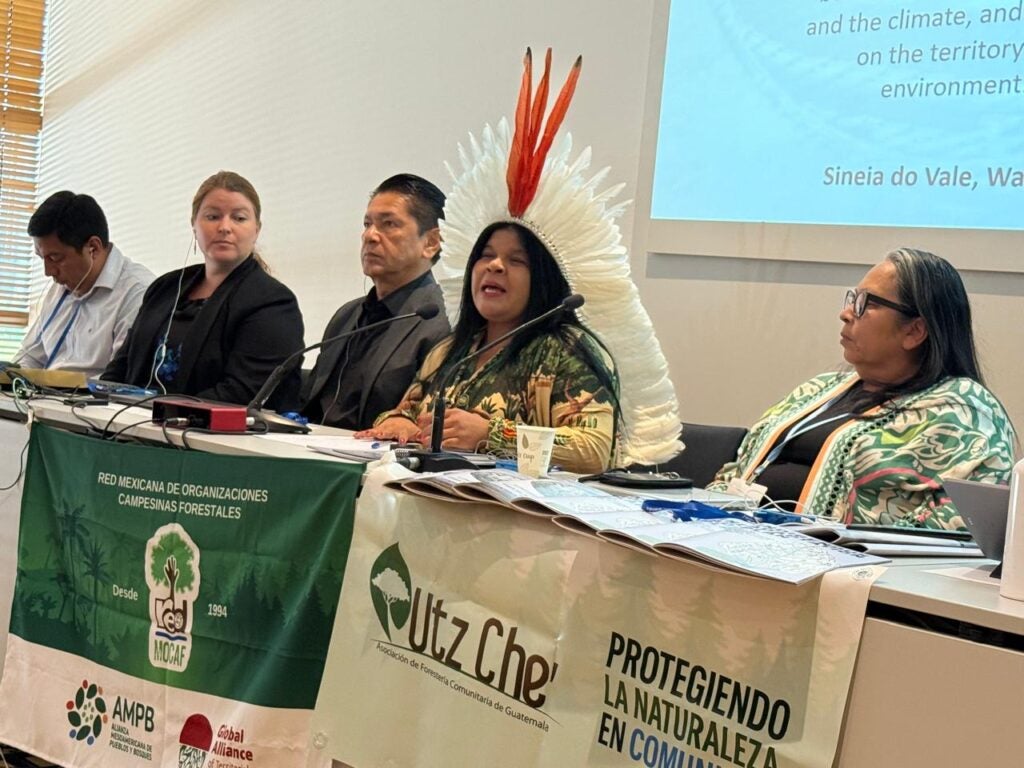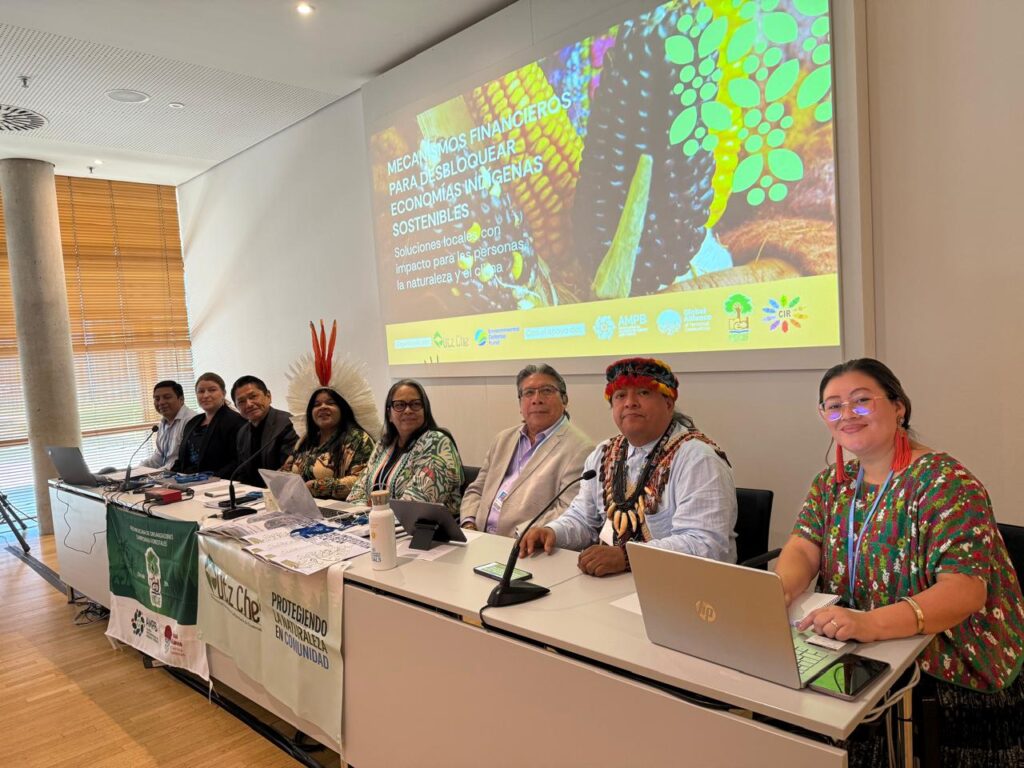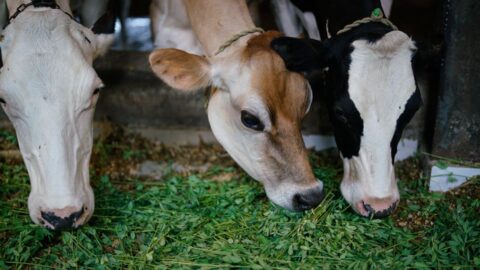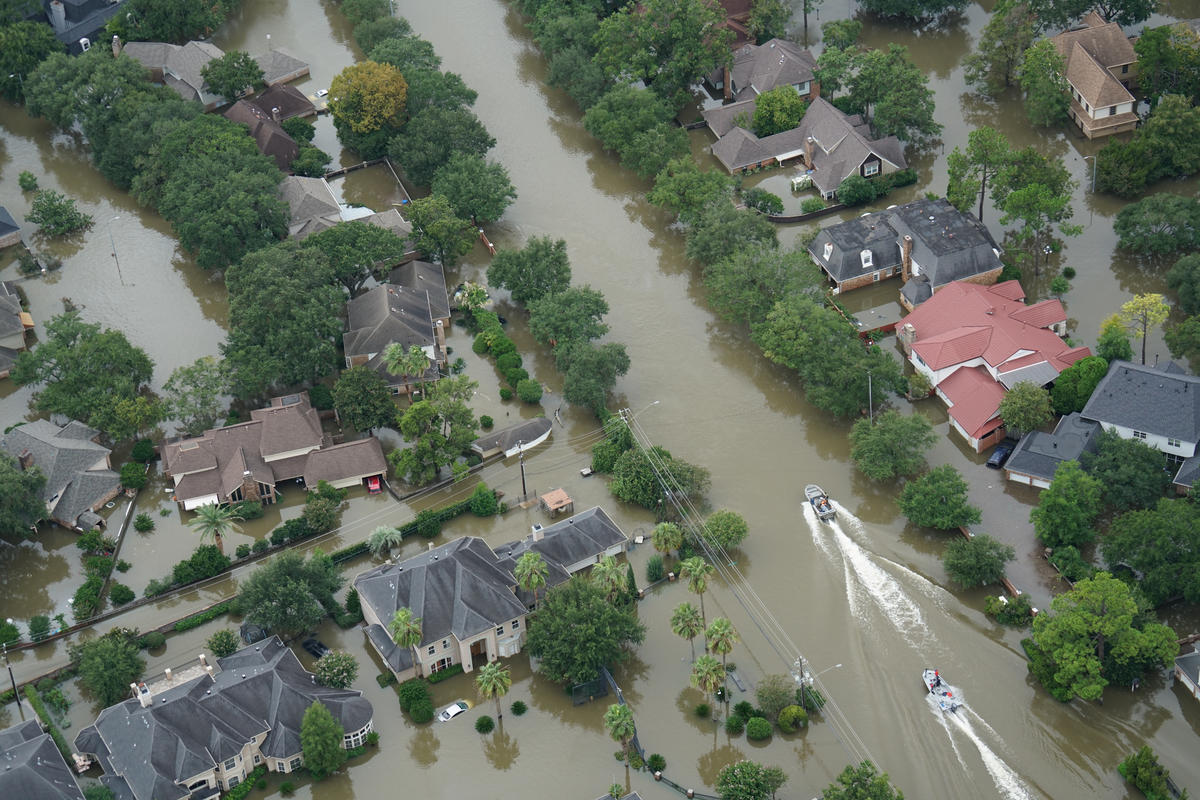From Bonn to London, Indigenous voices raise expectations for COP30 Belém

The 62nd session of the Subsidiary Bodies (SB62) of the United Nations Framework Convention on Climate Change (UNFCCC) concluded in Bonn, Germany last week. SB62 is the last intersessional meeting before the highly anticipated COP30 climate talks in Belém, Brazil in November, where a major focus will be on the participation of Indigenous Peoples and local communities (IPLC). So, what were some highlights?
During SB62, the Brazilian government made a landmark move by bringing together ministries, civil society, and UN representatives to advance the effective participation of IPLCs at climate negotiations. The goal is to present a document with recommendations to the COP30 Presidency, which has put forth the idea of “global mutirão” or collective action, on how to build a common agenda for IPLC climate policies and integrate traditional knowledge with nationally determined contributions (NDCs).
Brazil has made significant efforts to elevate IPLC voices on the global stage ahead of COP30, and this was evident at SB62 where IPLC priorities, including on the just energy transition, climate adaptation, and gender equality, received attention.
As fellow SB62 delegate Gustavo Sanchez, Director of RedMocaf, Mexican Network of Rural Forest Organizations, told me after an IPLC-focused sessions: “The initiative to open spaces for participation leading up to COP30, recognizing the diversity of collective identities, is a very progressive move by the Brazilian government, which we hope will set a precedent for governments represented at the UNFCCC to follow.”
Sustainable Indigenous economies
EDF’s side event at SB62 focused on the Indigenous economy. The session was organized with IPLC organizations from Brazil, Mesoamerica and the Global Alliance of Territorial Communities (GATC) and provided updates to the work of the IPLC Voluntary Carbon Market Engagement Forum and the GATC’s financial mechanisms, like Shandia. Speakers shared their experiences with community financing mechanisms.
One of the speakers at our session was Sineia do Vale, from the Wapichana people, from the Indigenous Council of Roraima, Brazil, currently Co-Chair of the UNFCCC Indigenous Peoples Caucus.
She tells us about the construction of Indigenous Adaptation Plans and emphasized the their role in contributing to the engagement of Indigenous Peoples in the global climate strategy. These plans are seen as mechanism to promote solutions, subsidies and implementation of public policies in National Climate Plans in Brazil.
“The mechanisms for direct financing must have clear criteria and be developed and coordinated together with Indigenous peoples” she stated.
Sonia Guajarara, Brazil’s Minister for Indigenous Peoples, also spoke on the panel, and highlighted the importance of creating funds that ensures IPLCs have direct access to climate finance. One such mechanism is the Tropical Forest Forever Facility (TFFF), which will be launched at COP30. The TFFF is a large-scale forest conservation finance mechanism that seeks to involve Indigenous Peoples in its design and implementation, putting their leadership at the center of climate and forest strategies. It includes a provision that at least 20% of the funding goes to IPLC´s directly.
She also stated the need to recognize how protected Indigenous People´s territories have contributed to climate mitigation and why demarcation of Indigenous territories is the best strategy for lasting mitigation.

From Bonn to London
London Climate Action Week took place in parallel to SB62 in Bonn. One important outcome was the formation of a coalition calling on countries to deliver on IPLC priorities at the COP30 negotiations, including joining the Intergovernmental Land Tenure Commitment that aims to formally recognize Indigenous and local communities’ land rights and strengthen legal protections.
The coalition includes Brazil, the United Kingdom, Norway, Peru, Colombia, Germany and Ghana, as well as IPLC organizations, including the GATC, and philanthropies, including Bezos Earth Fund and Ford Foundation.
We also saw the launch of the Forest Tenure Pledge 2.0 during a roundtable convened by Prince William at St. Jame’s Palace. The Pledge calls for direct funding for Indigenous-led solutions, ensuring communities have real control over their lands and resources. These efforts are complemented by the TFFF.
Juan Carlos Jintiach, GATC’s Executive Secretary, told me from London: “High-level actors are stepping up. But pledges alone are not enough. What matters now is that this support reaches Indigenous and local community rightsholders directly with mechanisms that reflect our priorities, our timelines, and our knowledge. This new pledge must ensure that resources are adaptable, transparent, and inclusive of gender and youth perspectives, ensuring resources reach the territories where real climate and biodiversity leadership is already taking place.”
COP30 is still five months away, but with the exiting developments seen in Bonn and London in June, expectations are high for IPLC participation at this year’s climate negotiations in Belém.












